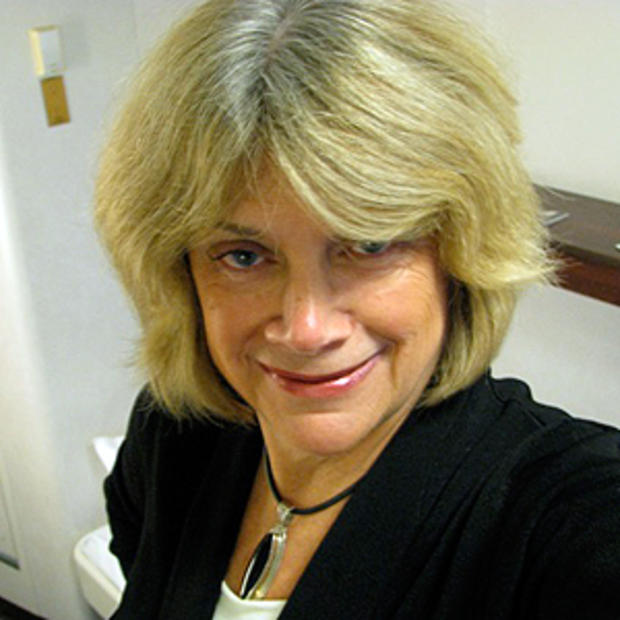Although I didn’t attend any of the sporting events during the Vancouver 2010 Winter Games, I did spend time in the city before and during the Olympics. In effect, Vancouver became my own private spectator sport, and no tickets were necessary. I simply booked reservations aboard Amtrak Cascades, made a run for the border, and soaked up the sideline entertainment of B.C.’s biggest winter party ever. So when people ask me if I went to the Winter Games, my answer is a resounding, Yes!
I recently spent three days in Vancouver, and she’s lookin’ fine. With a 350 percent increase in visitors during the Olympics (over the previous February), you’d think the "City of Glass" would be a bit chipped around the edges. Not so. Nearly one year later, Vancouver is still sporting its Olympic glow. And with Feb. 12 marking the one-year anniversary of the XXI Winter Games, Vancouver is planning to party all month long. For visitors, there are plenty of landmarks and legacies to enjoy year-round.
First, there’s the big stuff, like the extension of Vancouver’s SkyTrain. The new Canada Line opened in August 2009, connecting downtown Vancouver to Vancouver International Airport (YVR) and the city of Richmond. Travel time to the airport from downtown takes about 30 minutes.
The original SkyTrain is also a legacy, built 25 years ago for Expo '86 World’s Fair. Its two original lines, Expo and Millennium, connect downtown Vancouver with the cities of Burnaby, New Westminster and Surrey. And further afield, there’s the completed $600 million Sea-to-Sky Highway improvement project, on the scenic segment of Highway 99 that connects West Vancouver and Whistler.
The expanded Vancouver Convention Centre on Coal Harbour now includes the steel, glass and wood West Building, which boasts a six-acre “living roof" that utilizes rainwater for irrigation and is home to thousands of indigenous plants. The building was used as the International Broadcast Centre during the Winter Games (which explains why I spotted Lester Holt of NBC News walking across the street last February).
And it's no surprise that new hotels started sprouting up in 2008 in anticipation of all that extra company, including the Loden Vancouver; Shangri-La Hotel Vancouver; Fairmont Pacific Rim; and the Coast Coal Harbour Hotel. During the 17 days of the Winter Games, downtown Vancouver had a 90 percent hotel occupancy rate; the year before, the February 2009 occupancy rate was 65 percent. Sports sell.
The most prominent landmark downtown is the Olympic Cauldron, located in Jack Poole Plaza, adjacent to the Vancouver Convention Centre. Although it’s not lit (it will be for the first anniversary celebration on Feb. 12), it’s accessible to the public. That’s a marked improvement from when it was fenced off during the Winter Games.
The cauldron is set in a reflecting pool, and platforms high above the plaza offer views of the cauldron, the city skyline, Coal Harbour and Burrard Inlet across to the Coast Mountains beyond. Another anchor of the plaza is the sculpture Digital Orca, a three-dimensional metal orca broken down into cubic pixels, created by Vancouver artist Douglas Coupland (author of Generation X).
A family-friendly remnant of the Olympics is Robson Square’s outdoor ice rink, which reopened for the Winter Games. It’s a winter venue only, open for free public skating from December through the end of February. BYOS (Bring Your Own Skates) or rent a pair for $3.
One of my favorite Olympic landmarks is the Inukshuk, given to the City of Vancouver by the Northwest Territories in connection with Expo '86. The gray, granite sculpture was the inspiration for the official emblem of the Vancouver 2010 Winter Games. It has been located on an outcropping at English Bay beach in Vancouver’s West End since 1987.
BC Place, an Olympic venue used for both the opening and closing ceremonies of the Olympic and Paralympic Games, went into rehab in the spring of 2010. A new cable-supported retractable roof is being installed, making it a year-round, open air venue. The 55,000-seat stadium is expected to be completed by the fall of 2011, and will be the new home of the BC Lions football team and the Vancouver Whitecaps FC, British Columbia’s first major league soccer club.
Then there’s Olympic Village, described by Tourism Vancouver as a “neighbourhood-in-waiting.” Located on the southeast shore of False Creek, the 2010 Olympic athletes’ village is probably not basking in the post-Olympics glow, and was featured in a Crosscut article by Peter Ladner ("Vancouver Olympics: no medal for housing legacy"). Recently, news about the Olympic Village surfaced in the Georgia Straight, which reports that big white tents will be erected at the site in March for the Vancouver premiere of "Cavalia." The lavish, multimedia equestrian show features 55 horses and 45 artists and is the creation of Cirque du Soleil’s Normand Latourelle.

